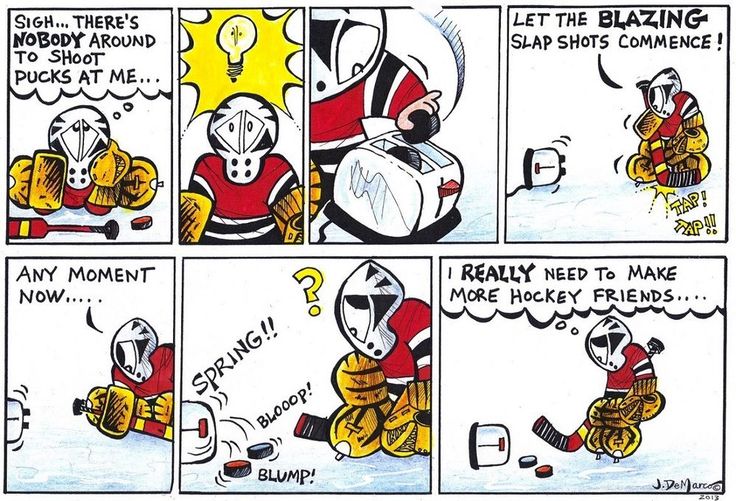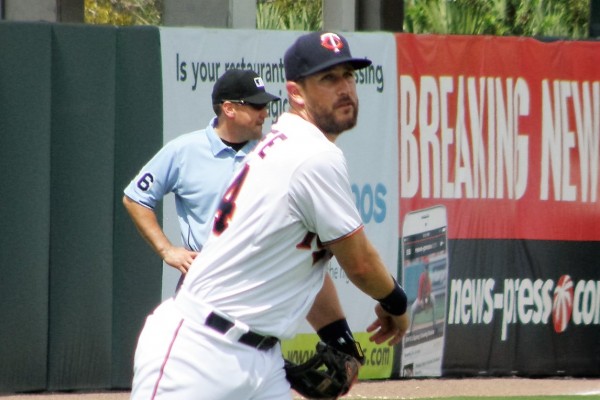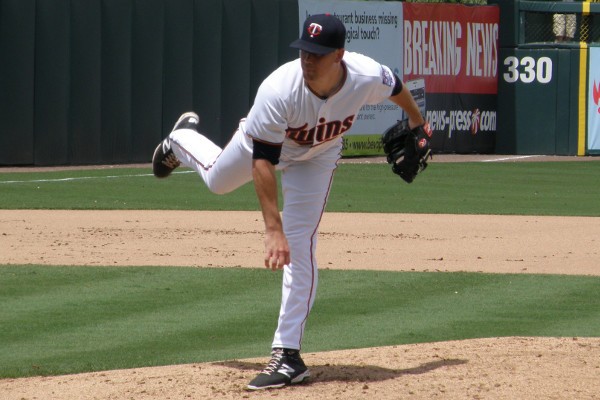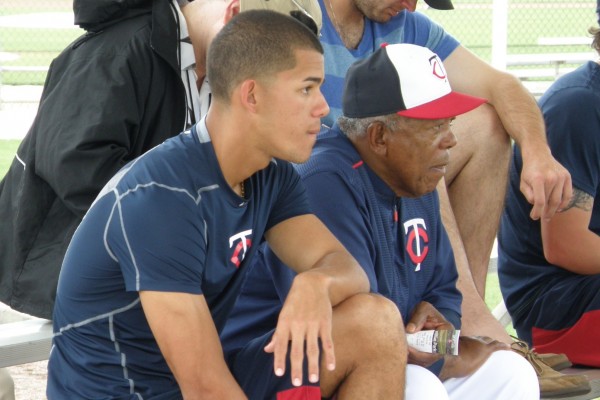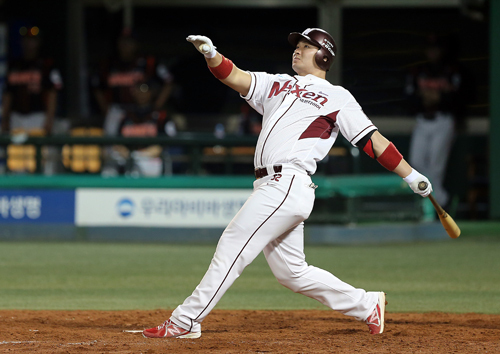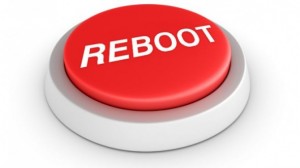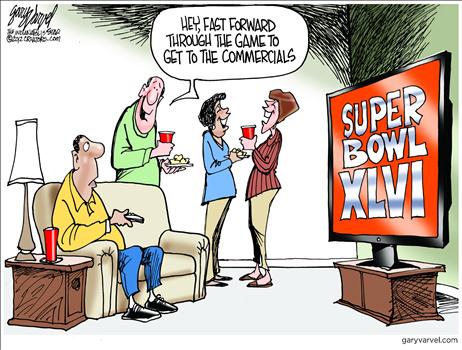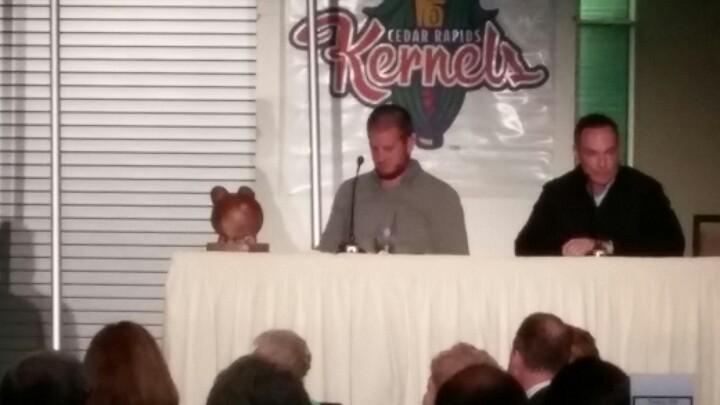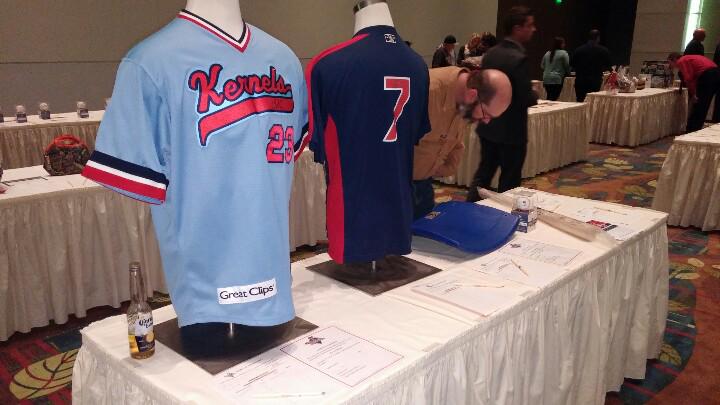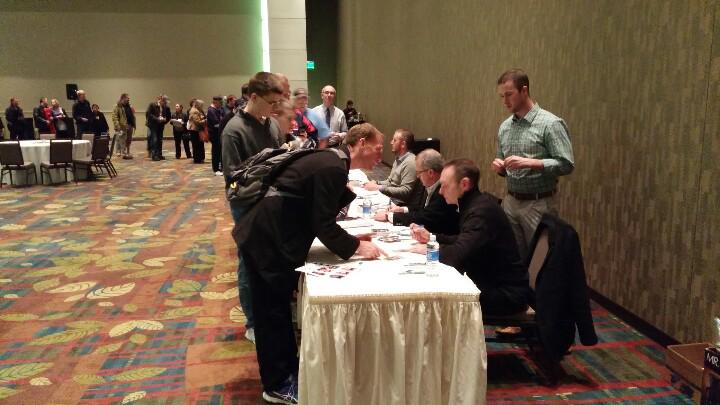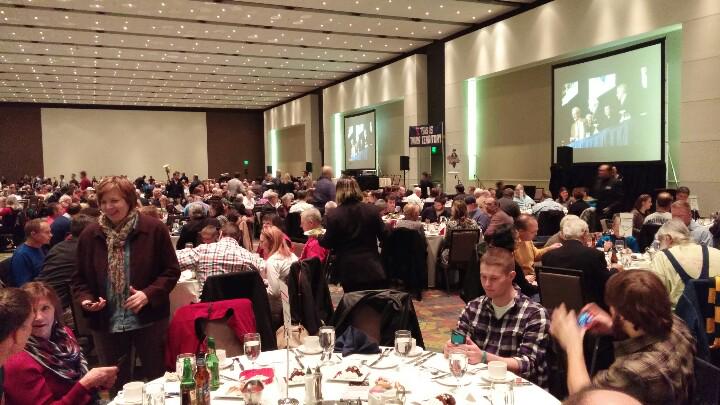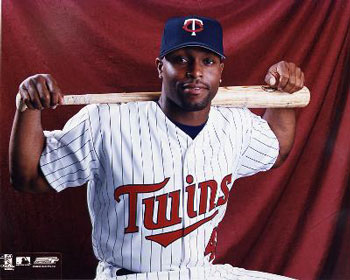In 2015, Twins outfield prospect Max Kepler had his long-awaited breakout season, primarily with the Class AA Chattanooga Lookouts. He was the Southern League Player of the Year and, immediately after his Lookouts team won the Southern League Championship, Kepler was on his way to join the Twins for the remainder of the 2016 season.
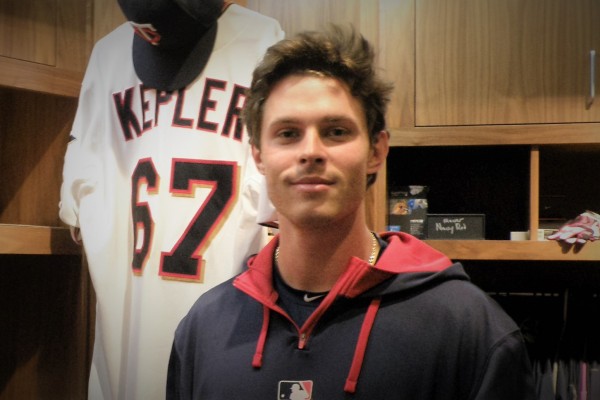
Kepler had an injury-plagued season in 2013, not being able to even join the Cedar Rapids Kernels until mid-June due to an arm injury. In 2014, he made progress with the Fort Myers Miracle, but still wasn’t wowing the supposed “experts.” He had a very good stint in the Arizona Fall League in 2014, however, setting the stage for his outstanding 2015 season.
This has led to some conjecture as to what his role might/could/should be in 2016. The topic became the subject of a Twitter exchange I participated in on Monday but making a thoughtful argument on a matter like this in 140 character bites is all but impossible.
Fortunately, I have a blog that has no such limit.
I don’t recall how the topic was originally raised, but in essence, I believe the question of Kepler perhaps being utilized as the Twins’ fourth outfielder in 2016 was posed.
The immediate reaction, from informed persons with considerable experience and knowledge on such matters, was that Kepler would not and should not open the season with the Twins if he’s not going to be one of the three starting outfielders. In that case, he should begin the year on the farm where he’ll be an everyday player, preparing for a possible mid-season promotion.
This is a reasoned and logical view. It’s a view I would have shared a year ago. It’s a view I wouldn’t necessarily criticize the Twins’ front office for taking this spring, either.
But I don’t necessarily agree it would be the correct approach in 2016.
I don’t think we can rely too much on one very impressive season out of Kepler (or any prospect) and we can’t assume that he’s going to pick up in March right where he left off in Septermber, though he will get an opportunity to impress coaches and the front office during the Twins’ spring training. He may struggle against what passes for big league pitching in the initial spring training games and, if so, the only decision to be made will be whether he opens 2016 in Rochester or back in Chattanooga.
Just for the sake of argument, though, let’s assume he opens strong and is successful against the March versions of Major League pitching he faces, but not to the extent that he forces his way into one of the top three outfield spots with the Twins.
Now, what do you do?
Option one, of course, is that you still send him to the minors where he’ll play every day.
Option two is that you bring him north to Minnesota to open the season as the Twins’ fourth outfielder.
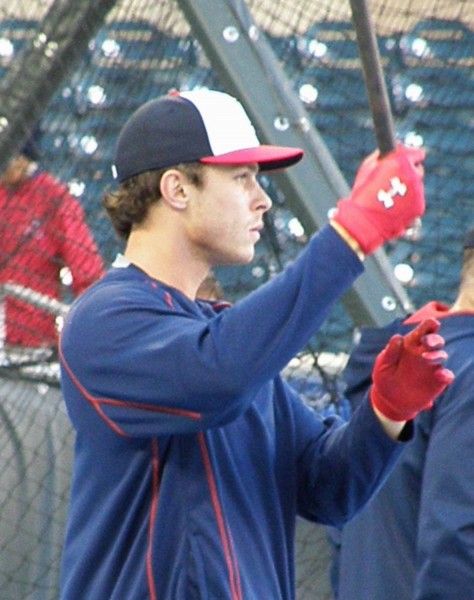
With a prospect of his caliber, conventional wisdom is that you don’t want him rotting on the big league team’s bench. You want him honing his craft in the upper minors by getting daily looks at quality pitching (though, clearly, not MLB level “quality”).
I’m not prepared to just blindly follow conventional wisdom, in this case, however. It may be conventional, but I’m not convinced it’s wise.
As things currently stand, the Twins’ starting outfield is likely to be some three-man combination of the following four players: Eddie Rosario, Oswaldo Arcia, Byron Buxton and Miguel Sano. If Trevor Plouffe remains the Twins’ starting third baseman on Opening Day, it’s quite possible that all four of the aforementioned men are with the Twins, making Arcia the likely “fourth outfielder.”
But, again, for the sake of argument, let’s assume Plouffe, Rosario or Arcia is not with the organization, Buxton struggles in spring training or the Sano-as-outfielder experiment goes bust.
In our “what if” scenario, then, the Twins are left with the choice of adding a replacement level fourth outfielder in the Shane Robinson mold or making Keper that fourth outfielder.
If the Twins were still in the midst of a run of 95-loss season futility, Kepler would be farmed out. If you have little hope of competing for the postseason, you give your top prospects all kinds of time to develop in the minors, even if they might make your big league club marginally better. You’re planning and playing for the future, when you can contend.
But the Twins of 2016 are no longer rebuilding. To my mind, every roster decision they make coming out of spring training should answer only one question – who gives us the best chance to win games at the MLB level?
I simply don’t buy the argument that Kepler’s development would be damaged by being the Twins’ fourth outfielder, as opposed to being a regular in Rochester if – BIG IF – he demonstrates that he is not overwhelmed by big league pitching.
Given the likely composition of the Twins’ starting outfield (and the fact that Paul Molitor, not Ron Gardenhire, is the Twins’ manager), Kepler would not rot on the bench. Most starting outfielders get one game off each week, either entirely off or where they serve as the designated hitter. That would potentially give Kepler three starts every week. At worst, he would start twice and pinch hit a time or two.
Together, Shane Robinson and Jordan Schafer averaged over ten plate appearances per week for the Twins in 2015 and they were not the only reserves who saw time in the Twins outfield.
Reynaldo Rodriguez led the Red Wings, playing in 132 of Rochester’s 140 games in 2015. He averaged about 25 plate appearances per week. If you subscribe to the “promote Kepler at mid-season” philosophy, he’s not going to come anywhere close to that number, anyway.
If the Twins can find a dozen plate appearances for Kepler each week at the big league level and if he demonstrates he is not overmatched in those opportunities, I would rather he learn to hit MLB pitching in the Major Leagues, not simply continue to show a proficiency for hitting good minor league pitching.
But that’s not really the point, anyway.
The point is that these Twins should be doing absolutely everything within their power to win Major League games. They found out in 2015 just how important every single win is and that a win in September is no more important than a win in April.
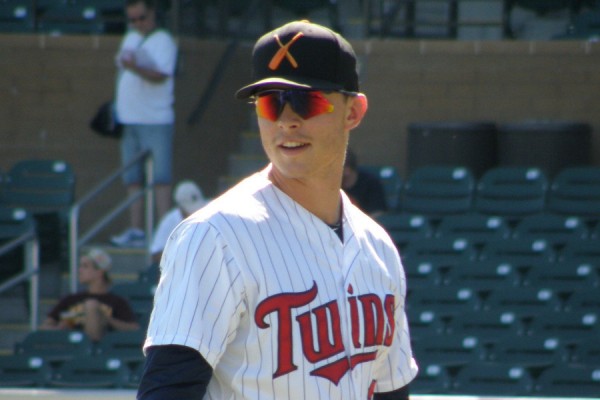
For that reason, if the Twins believe that Max Kepler’s presence, whether it’s his defense, his baserunning, his pinch-hitting or his ability to ably fill in as a starting outfielder two or three times a week, is likely to result in more wins over the course of the season than whoever else they might alternatively utilize in that role, then that’s all that really matters. You keep Kepler in April, period, even if that means Kepler doesn’t reach his full potential as a big leaguer for another year.
The Twins – and their fans – need to stop thinking like an organization still “waiting until next year.” Next year is now and the Twins should need to begin acting like they plan to compete with the Kansas City Royals for dominance of the American League Central Division and do so beginning in 2016.
That means you bring your best 25 players to Minnesota with you in April. If that includes Max Kepler (and/or Byron Buxton and/or Jose Berrios), then so be it.

